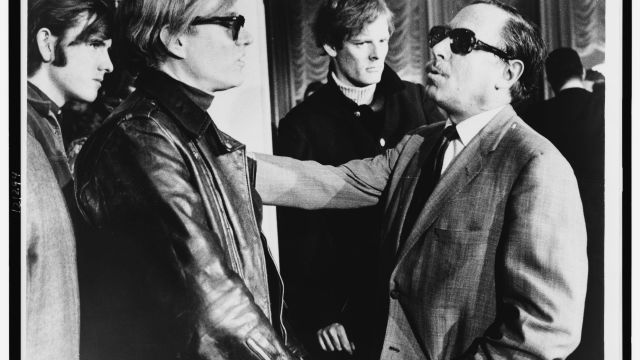Economic Disequilibrium

Unemployment is a peculiar feature of the division of labor. In a society where people are able to completely provide for themselves by hunting or growing their own food, barring some ecological disaster no one ever has to be “out of work.” But where our ability to support ourselves depends on our ability to trade goods and services for necessities, our ability to find paying work depends on others’ ability to pay us for our work.
It’s not, of course, that society has no use for the skills and talents of the unemployed. On the contrary, when people don’t do all the work they can do, the economy is less productive than it could be. Rather unemployment occurs when the market fails for whatever reason to match the people with jobs they can do. Economists have generally assumed that that left to itself, an economy should tend toward an full employment, as employers move to take advantage of every untapped pool of productivity. But the fact is that real markets find themselves out of equilibrium all the time. In a sense, the economy is like an engine which can run more or less smoothly. If the fuel that drives it flows turbulently or burns unevenly, it will knock and ping. Classical thermodynamics—like neo-classical economics—assumes that engines are always in equilibrium. This is a useful simplifying assumption, which helps to illuminate the basic forces involved. But as any mechanic will tell you real engines rarely run so smoothly. Likewise, real economies are prone to bubbles and crashes, and may rarely if ever reach anything that looks like equilibrium.
Officially, more than 15 million people in the country are out of work right now. That’s a huge deadweight loss for the economy—and means that many Americans suffering a great deal. A recent poll indicates that even those lucky enough to have jobs aren’t particularly happy with them, but don’t have any other good options. And the official number of unemployed substantially understates the scope of problem, since it doesn’t count people who are working less than they would like or people who have given up looking for work entirely. The latest job report shows the problem is getting worse, with the economy losing 85,000 jobs in last month, especially in construction and manufacturing, bringing the total number of jobs lost for the year to 4 million. The average amount of time people have been unemployed went up to a record high 29 weeks. And the average hours worked per week was down to 33.2, which is almost a record low. Already half the states in the country have run out of money to pay unemployment benefits. The only reason the unemployment rate hasn’t gone higher than 10% is that many people have stopped looking for work.
While the pool of unemployed workers represents a financial opportunity to anyone with the ability to take advantage of it, we shouldn’t expect the market to return to full employment any time soon. Paul Krugman estimates that we will need to add 300,000 new jobs a month every month for the next 5 years to return to full employment. Robert Reich likewise argues that even if the economy really begins to recover this year we may not add many new jobs, since many companies will simply give more work to part-time employees or hire cheaper workers overseas. As I’ve argued, that’s bad news for the Democrats who are trying to keep control of Congress. If the Democrats don’t find away to get the engine of the economy running smoothly again—and keep it running smoothly—they will be in deep trouble this fall. As James Pethokoukis writes, “Combine a weak labor market—which may appear to be getting worse to voters—with the moribund housing market and rising gas prices, and you got a toxic triple threat that will be poisonous to Democratic incumbents and further drain Obama’s political capital.”





